A Simple Guide to Cat Socialisation
Every cat is unique, from lazy house cats to adventurous kitties. However, it is important to socialize your cat to ensure that they’re comfortable, safe and happy in any situation.
CATS
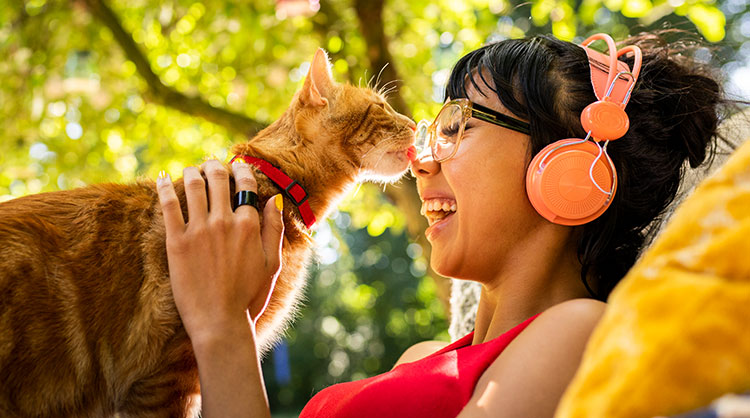
Posted by bravectosouthafrica – 09 September 2019
What is cat socialisation?
Simply put, by socialising your cat, you are preparing them for life. It’s the process of introducing your cat to humans, cats and other animals and ensuring that they are safe and comfortable. It gives your cat the skills and confidence to handle any situation they may encounter, whether it’s a visit to the vet or meeting your new puppy. With cat socialisation, you can prevent potential injury caused by skittishness or fear.
If your cat is socialised well, they will display the following characteristics, regardless of their personality:
- Confidenence
- Enthusiasm
- Friendliness
- Trust
- Curiosity
On the other hand, if your cat is not socialised properly, they could display the following behaviour:
- Shyness
- Fear
- Indecision
- Aggression
Proper cat socialisation will be beneficial to you, your cat, and anyone your cat interacts with, whether it’s a human or another animal. Luckily, socialising your cat can be an easy process.
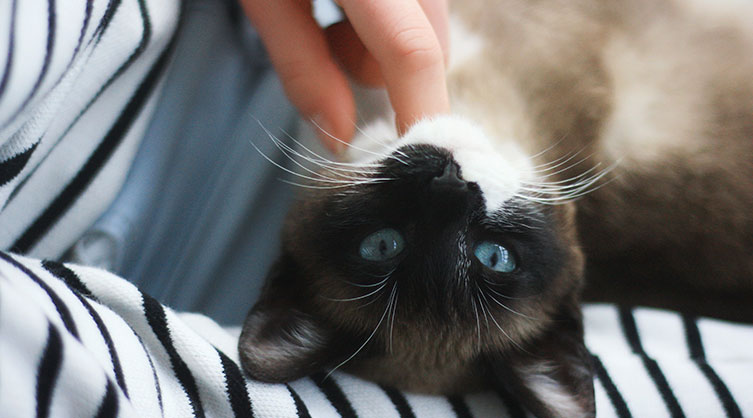
It’s never too early to start working on your cat’s behaviour
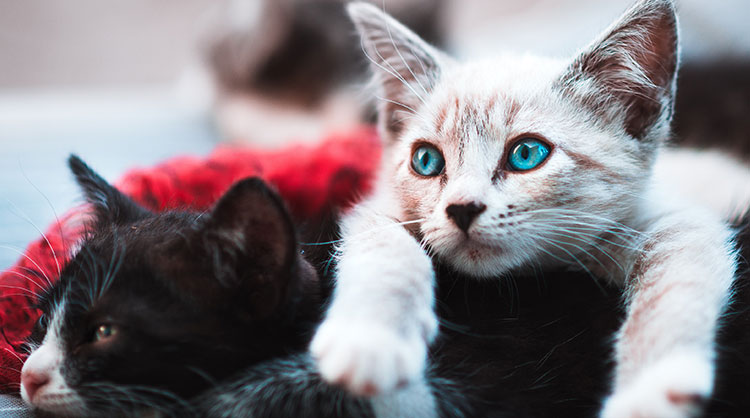
Kittens learn how to behave from their mother and siblings from the moment they’re born. Essentially, they will learn how to be a cat from other cats, but cat socialisation is where you come in. You need to teach your cat how to behave when held or touched by a human and how to deal with anything they might smell, see or hear.
Cats are most receptive to new experiences when they’re 3- to 9-week-old kittens. They are comfortable being held and handled and open to new sights, smells and sounds. They remain in this receptive period for about 16 weeks. However, you can still effectively socialise your cat after this stage.
Kittens are ready to leave their mom around the 8- to 10-week age mark. This is when they need to start learning behaviour from you, their new pet parent.
The weeks that follow are the optimal time to teach your kitten new life skills by exposing them to different environments, people and animals. The best way to start socialising your kitten is by taking them to different settings in a cat carrier, but there are a few steps before that.
Take care to get to know your cat
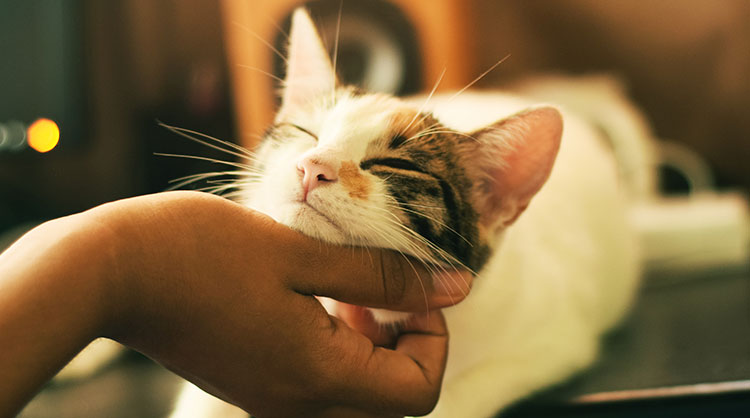
The first step to cat socialisation is to ensure that your cat is comfortable and trusts you. You can achieve this by being gentle whenever touching or handling your cat, while keeping your voice calm and low. When you first start petting your cat, focus on their head and back, until they are comfortable with those areas. Next, you can move on to picking up your cat. Be as gentle as possible and make sure that you are supporting their body weight fully.
Handle and touch your cat several times a day and reward good behaviour with a treat. Cats are naturally independent animals, so when your cat exhibits bad behaviour, such as aggression, give them some space before trying again.
Slowly increase the time you spend handling your cat. When you start to notice that your cat is comfortable with being touched and held, you can move on to areas like their head, feet and ears. This will help them stay comfortable and happy when being handled by you, the vet or the groomer. It will also help keep your cat safe during grooming and vaccinations, which are essential to cat health.
Take your cat on an adventure in a cat carrier

A cat carrier is essential to socialise your cat outside of the home, so it’s important to make sure your cat feels safe and comfortable while traveling in one. This will make trips to the vet, groomer or friends, easier and stress-free for you and your furry friend.
Here are the steps you can follow to get your cat comfortable in a cat carrier:
1. Line the inside of the carrier with a towel
2. Put treats or toys inside
3. Bring your cat to the entrance of the carrier
4. Make sure it sees and smells the treats and toys
5. Keep the carrier door open and let your cat explore
6. Repeat this process daily until your cat is comfortable inside the carrier
7. Start closing the door for short periods
8. Reward good behaviour with a treat
9. Repeat daily
10. Take your cat on short journeys in the carrier
By following these ten steps, your cat will become comfortable in the carrier. Please note that it is crucial not to open the carrier while outside or during transport. For added security, make use of a cat leash to make sure your cat stays safe and by your side.
Every cat is different
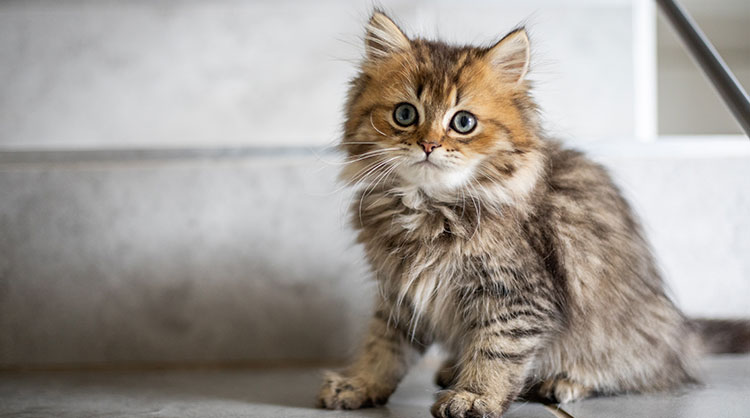
The most important thing to remember is that all cats are different. Remain positive and patient and give your cat all the time they need.
Your cat needs to trust you. So, it’s important to reward all good behaviour when your cat is exposed to new sights, smells, sounds, people and other animals.
Socialising your cat is not a difficult process. However, it takes time, commitment and a lot of patience. Make sure your cat is protected on all its adventures by eliminating ticks and fleas with Bravecto® Spot-On for Cats.
Learn more about Bravecto® products or find a stockist near you and protect your pets today!
Subscribe to our Newsletter
Get to know your furry friend better! Sign up for all things dog- or cat-related.
The Hairy Facts about the dreaded hairball
12 April 2021
Help! My dog’s barking mad! Volume 2
12 April 2021
Your Itchy, Scratchy Cat – All About Cat Skin Problems
12 April 2021
The Dog’s Diet: A Bone of contention?
01 April 2021
Mango Fly Worms: How to Spot and Eliminate them
Posted on November 28,2019
Managing Mange And Mites In Your Dog
Posted on June 11,2018
Why Do Cats Purr and How? Learn What Your Cat Is Saying
Posted on October 14,2020
How to Get Rid of Ear Mites in Dogs
Posted on November 06,2019









